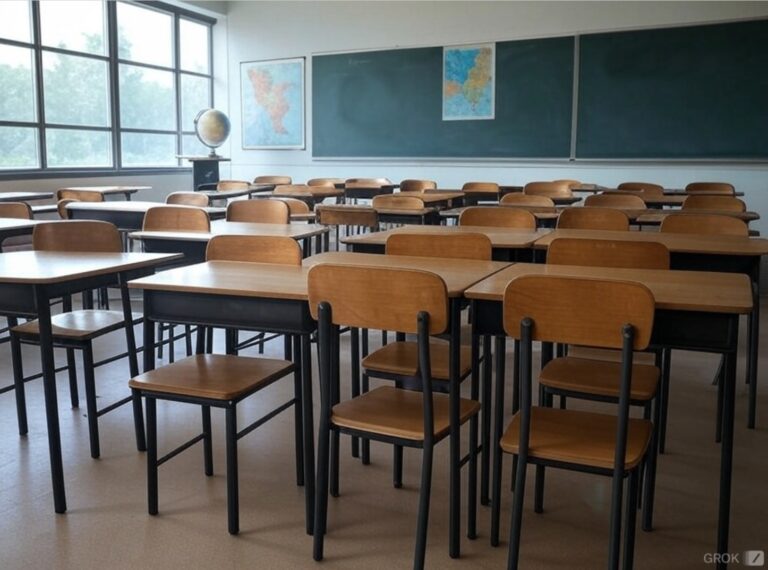By DAVID BOYLE
There is a battle brewing over the impact of the teacher-pupil ratio and its effect on students’ learning.
The Anchorage Education Association has fired the first round in the battle with its going-in position of limiting the number of students in certain grades.
In its efforts to increase membership during a district’s declining enrollment, the AEA wants its members to be “…compensated by addenda for workloads that exceed the following levels.”
| School Level | Maximum Number of Students |
| PreK | 18 |
| Kindergarten | 20 |
| Grades 1-3 | 22 |
| Grades 4-5 | 25 |
If the number of students in the above classes is exceeded, then the teacher will receive $250 per student per month. So, let’s say there are 25 students in Mrs. Doe’s 3rd grade class. Mrs. Doe would receive an additional $750 each month. That would be an additional $6,750 for the year.
It doesn’t matter if Mrs. Doe is an effective classroom teacher or not. It doesn’t matter if her 25 students can read at grade level or be proficient at math at the 3rdgrade level. All that matters is the number of students in her class for her to receive the bonus.
The Anchorage teachers’ union also wants its members who are middle school and high school teachers to be paid more if they have more than a certain number of students in their classes.
But it seems as if these teachers are not as valuable as the elementary school teachers. Could it be because there are many more elementary teacher union members than secondary school union members?
Here is the compensation to be paid to secondary teachers by the district for exceeding these numbers of students:
| Specific Education | Maximum Number of Students |
| General Education | 140 |
| Physical Education | 200 |
| Special Education | 90 |
| Fine Arts | 150 |
If an algebra high school teacher has more than 28 students in his/her/they/them 5 classes, that teacher would receive $50 for each student every month exceeding that number.
So, let’s say that teacher has an average of 32 students in each class. That teacher would receive an additional $200 each month, another $1,800 in added annual pay.
Once again, it would not matter if that teacher was effective or not. It would not matter if the students were proficient in algebra.
Interestingly, there is a similar effort in the state legislature to limit the number of students per classroom. Rep. Zack Fields (D, Anchorage) has filed HB 98 to limit the pupil-teacher ratio in public schools.
Representative Fields’ bill limits class sizes except for art, library, music, computer science, vocational-tec, honors-level, or physical education. The bills states that class sizes may not exceed 24 students in K-3, 26 in grades 4-8, and 28 in grades 9-12.
But here’s the “funny” part. These limits only apply to the Anchorage School District. Here is the bill’s wording: “does not apply in a district with an average daily membership of 40,000 or fewer students”.
That would leave only the Anchorage school district.
It seems that to the bill’s author class sizes in all but one of Alaska’s K-12 schools does not matter when it comes to student achievement.
What does matter is if we have an effective teacher in every classroom.
What does matter is if students are motivated to learn which effective classroom teachers can instill.
What does matter is if parents are involved in their kids’ education by reading to them at home and monitoring their progress at school.
What does matter is if our children have an effective curriculum without instilling Diversity, Equity and Inclusion — DEI — in the lesson plans.
Classroom size matters but not as much as effective teachers, motivated students, parental involvement, and effective curricula.
David Boyle is the education writer at Must Read Alaska.













